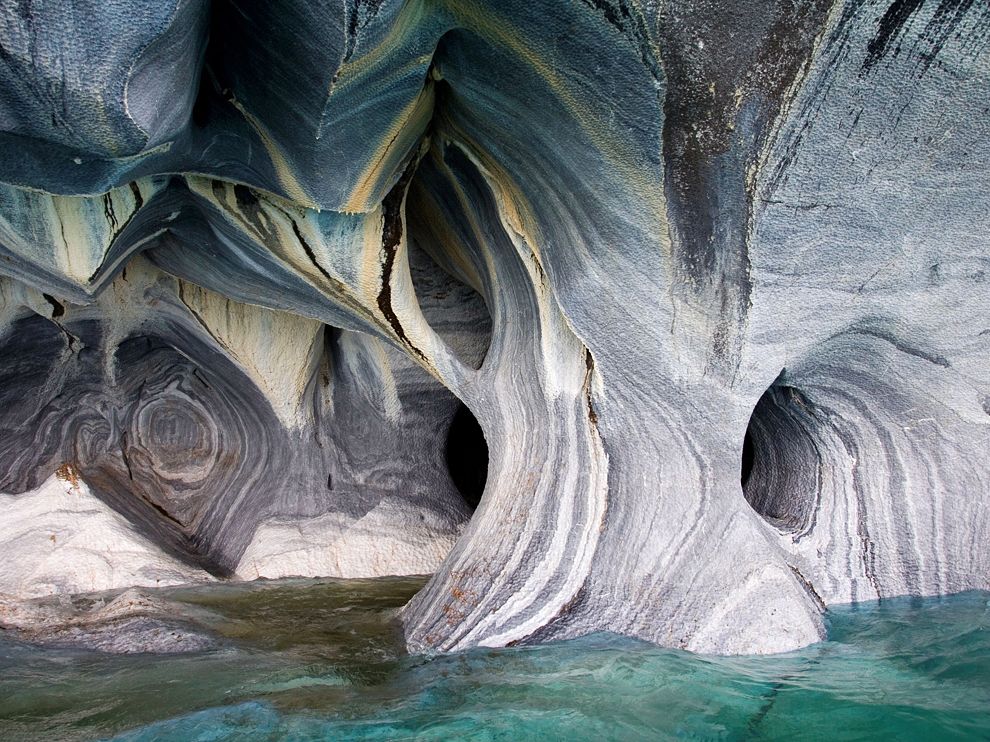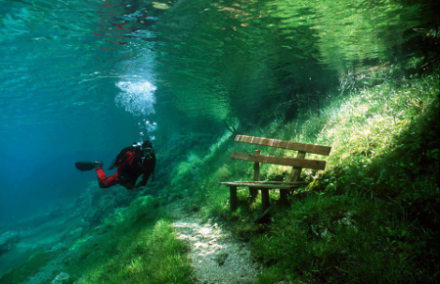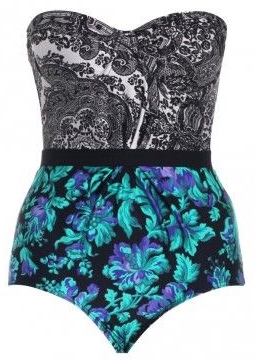Metamorphic muse
Marble laces the pages of the most recent New York Times T Magazine. The marble vein begins with a photo collage tracing the metamorphic muse in architecture, design, fashion and nature (hence Chile’s Marble Cathedral and my literal pairing with Rachel Comey's maillot). In a profile of lone-wolf sculptor Hanna Eshel, the marble slabs she hoisted by crane into her SoHo loft – photographed in all its light-washed glory – speak to her indomitable spirit. Eshel discovered marble after realizing that she felt confined by both her painting and her marriage. “I needed a material with its own soul, one that I could love,” the octogenarian said. Marble also fills an aesthetic need for French architect Joseph Dirand, who welcomed the magazine into his personal Parisian experiment in livable minimalism. “I like to look for materials that express a lot of disorder,” he said of the exquisite slabs paneling his bathroom and kitchen. Marble expresses self-reliance in the article on self-taught artist Alma Allen, who has carved a remote refuge for himself out of the Joshua Tree desert. Soul. Love. Disorder. Art. These references embrace marble’s metamorphic origins, the fiery folding of rock and time and talent.



